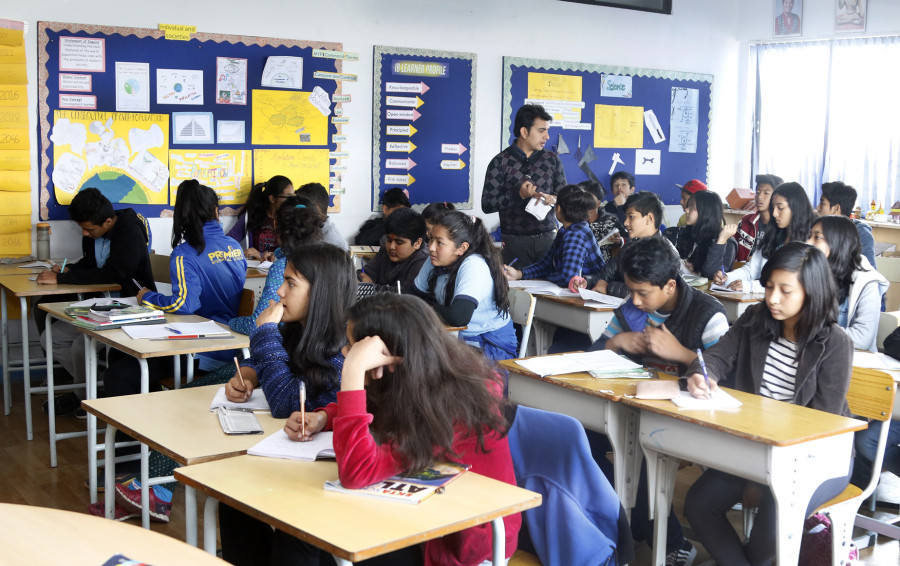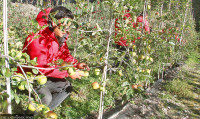National
Three years on, ambitious school programme fails to meet a majority of targets
Officials cite falling share of the education budget as the primary reason for the poor show
Binod Ghimire
The School Sector Development Programme, started in 2016 to boost the quality of education and promote equitable access to students, has failed to meet a majority of the targets it had set to achieve by last fiscal year.
An assessment by a joint review meeting of the Ministry of Education, Science and Technology and donor agencies shows the achievement of the project is significantly lower than what it was supposed to attain three years after the programme started. The assessment shows a lackadaisical approach of the Nepal government as one of the major constraints in achieving the goals. During the inception of the programme, the government had, in principle, committed to increasing the share of education budget to 15 percent of the national budget.
The report, however, shows the share of education budget has actually gone down, from 12.04 percent in the fiscal year 2016-17 to 10.69 percent in the fiscal year 2018-19. Nepal has a global commitment, which also is an international practice, to allocating 20 percent of the national budget to the education sector.
Despite an increase in enrolments, the high dropout rate remains a huge challenge for school education. The programme had expected that the numbers of students completing grade 8 would reach 78.5 percent by last fiscal year. But, government intervention could take the numbers to only 71.3 percent—from 69.6 percent when the programme started. It shows that around 29 percent of students get out of the school system before completing their basic education (grade 8).
The programme has poorly fared in improving the quality of education, which is the main goal. The assessment shows that the learning achievement of the students remains what it was when the programme began. The learning outcome of the eighth-graders in Science was expected to increase to 49 percent but, it remains at 41 percent, exactly the same when the School Sector Development Programme (SSDP) started. The poor show of students in grasping what they are taught in the classroom hasn’t changed even in Nepali and Mathematics.
Officials at the Education Ministry claim they haven’t been able to spend enough funds in boosting the quality as the pie of the education budget hasn’t increased. Over three-fourths of the education budget goes to paying the salaries of teachers and government staff. The share of the administrative expenditure is also high.
Deepak Sharma, spokesperson for the ministry, told the Post that although they have been lobbying for an increase in the share of the education budget, their demands remain unaddressed.
“We don’t have the needed budget to spend for quality. That is reflected in the performance of students,” said Sharma. He, however, claimed that a majority of the indicators have improved in the past three years, although they are nowhere close to the target.
Among the 30 indicators from six different sectors, targets have only been met in five. These include the share of female teachers in basic education, gender parity index in secondary school (grades 9-12) and net enrollment rate in the higher grades. Enrollment at the secondary level, which was 37.3 percent three years ago, has gone up to 46.4 percent against the target of 45 percent.
The SSDP is the government’s national flagship programme supported by eight international partners, including the United Nations agencies. The reports say as much as Rs241.95 billion has been spent for the SSDP in the past three years and the Nepal government received $178.81 million from the donors over the same period.
Education experts say the government’s tendency to design the programme without proper assessment and planning is the major factor for the SSDP’s dismal show.
“No programme will give expected results, if implemented without proper planning and homework in place,” Binay Kusiyait, a professor at Tribhuvan University who has extensively researched on school education, told the Post.




 14.81°C Kathmandu
14.81°C Kathmandu










%20(1).jpg&w=300&height=200)




